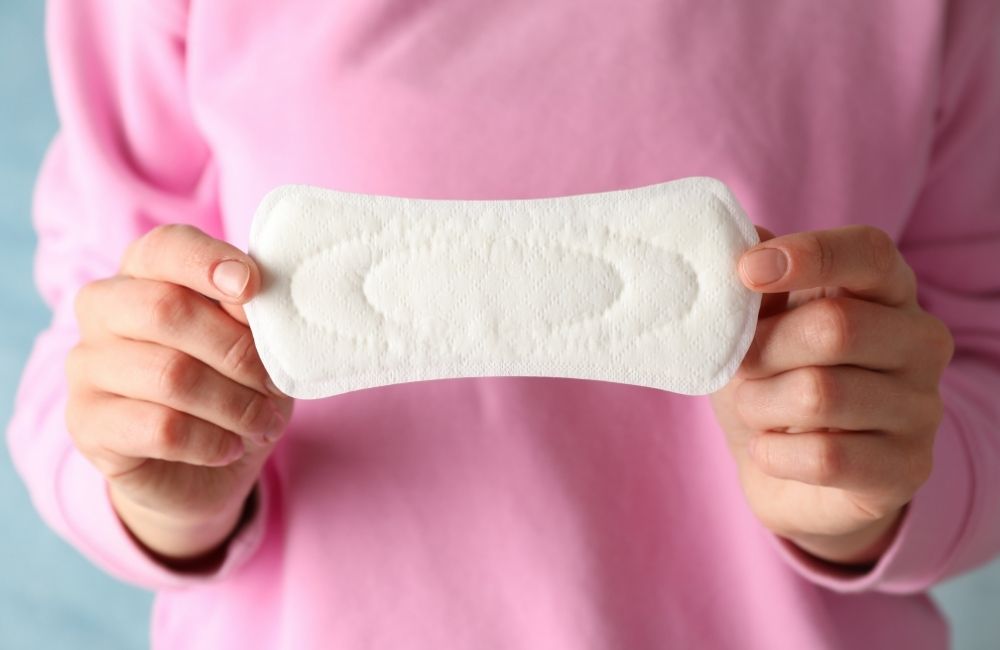Contents
Menstrual Pads vs Incontinence Pads

When it comes to choosing between menstrual pads and incontinence pads, it’s important to understand the key differences and consider your specific needs. While both types of pads may offer protection against leaks, they are designed for different purposes. Let’s take a closer look at the distinctions between menstrual pads and incontinence pads to help you make an informed decision.
1. Absorbency and Protection
One of the main differences between menstrual pads and incontinence pads is the level of absorbency and protection they provide. Menstrual pads are specifically designed to absorb menstrual blood and vaginal discharge during a woman’s monthly period. They are engineered to offer comfort, effective absorption, and leak protection. However, menstrual pads offer minimal to no protection against bladder leaks or other incontinence issues.
In contrast, incontinence pads are primarily designed to address bladder leaks or incontinence. They are typically more absorbent than menstrual pads, offering enhanced protection against leaks caused by urinary incontinence. Incontinence pads are better equipped to handle the higher volume of liquid associated with bladder leaks, providing you with the necessary confidence and peace of mind.
2. Odor Control
Another factor to consider when comparing menstrual pads and incontinence pads is odor control. Odors can be a concern during both menstruation and incontinence. With menstrual pads, some products may contain added fragrances or deodorants to help mask odors. However, it’s important to note that many women are sensitive to synthetic fragrances, which is why most menstrual pad manufacturers also offer unscented options with no odor control benefits.
Incontinence pads, on the other hand, often feature odor control technology as a standard feature. They are designed to quickly lock in and neutralize odors associated with bladder leaks, providing you with a greater sense of freshness and confidence throughout the day.
3. Design and Construction
While menstrual pads and incontinence pads may have a similar appearance, they are constructed differently to accommodate their respective purposes. Menstrual pads have a more open design to handle thicker liquids such as menstrual blood and vaginal discharge. They are often thicker and larger in size to provide adequate absorption.
In contrast, incontinence pads typically have a more discreet and streamlined design. They are specifically crafted to be thinner and more compact while still offering optimal absorbency. This allows for greater ease of use and comfort during daily activities, without compromising on protection.

Choosing the Right Pad for Your Needs
When it comes to choosing between menstrual pads and incontinence pads, it’s important to consider your specific needs and preferences. Here are a few factors to keep in mind to help you make an informed decision:
- Absorbency: One of the key factors to consider when choosing a pad is the level of absorbency you require. Menstrual pads are designed to capture thicker blood and menstrual fluid gradually, while incontinence pads are designed to lock away large amounts of liquid urine released rapidly. Ensure that you choose a pad with the appropriate absorbency level for your needs to keep you feeling dry and comfortable throughout the day or night.
- Fit and Coverage: Another important aspect to consider is the fit and coverage of the pad. Overnight pads, for example, are designed with superior technology to provide leakage protection all night long, while day pads offer leakage protection for a few hours. Select a pad that provides the right coverage and fits comfortably to ensure maximum protection and minimize any discomfort.
- Individual Preference: Your personal preferences also play a role in choosing the right pad. Some individuals may prefer the shape and design of menstrual pads, which are wider in the front and narrower in the back to align with the female anatomy. On the other hand, incontinence pads are designed to fit both male and female bodies and provide discreet protection. Consider your own comfort and which pad design suits you best.
Conclusion
Now that you have a clear understanding of the differences between menstrual pads and incontinence pads, you can make an informed decision based on your individual needs and preferences. Remember, finding the right pad is essential for your comfort and confidence. So take the time to explore your options and choose the pad that works best for you.
Frequently Asked Questions
Is it safe to wear incontinence pads all the time?
It is recommended to change incontinence pads around four to six times per day. You should always change your pad when it’s wet to avoid odor and skin issues.
Can you fully pee in incontinence pads?
Most pads can hold several times the volume of urine typically excreted at once. It is unlikely to fully saturate the pad with just one urinary release.
What is the disadvantage of using an incontinence pad?
Incontinence pads are generally not absorbent enough for heavier bladder leakage. They require clothes to be pulled up or removed, which may compromise dignity.
Why don’t incontinence pads work?
Proper underwear is important for effective use of pads. If the pad is not held securely in place, leakage may occur and the pad may not hold the expected amount of urine.
I am a medical student with experience and interest in Women’s health and well-being.